Breadcrumb
Correlation between protocol selection and packet drop attack severity in ad hoc networks
Mobile Ad hoc Network (MANET) are self-configuring, dynamic, networks that consist of nodes with various capabilities communicating through a wide spectrum of frequencies. Such flexibility in infrastructure and design comes with great risks in form of attacks on its nodes and the routing protocols that connect the network together. The aim of this paper is to explore the correlation between the attack severity and the protocol used. In this paper, the comparison will be mainly between the Dynamic Source Routing (DSR) protocol, and the Ad-Hoc On-Demand Distance Vector (AODV) protocol and how
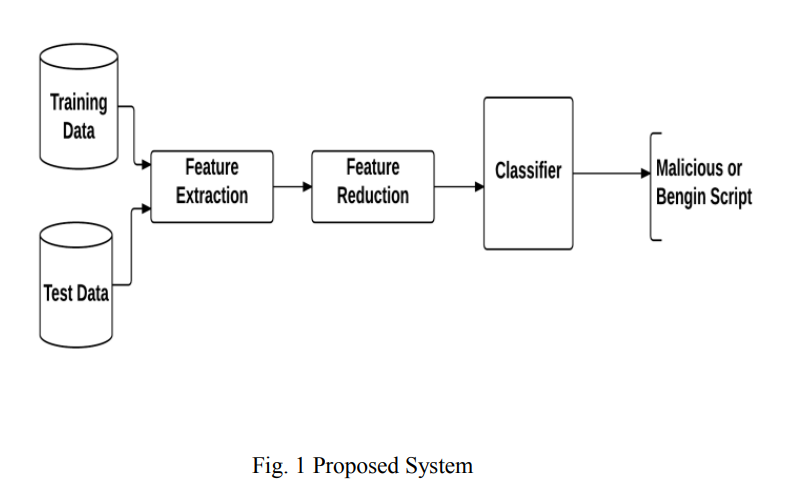
Malicious VBScript detection algorithm based on data-mining techniques
Malware attacks are amongst the most common security threats. Not only malware incidents are rapidly increasing, but also the attack methodologies are getting more complicated. Moreover malware writers expand in using different platforms and languages. This raises the need for new detection methods which support more reliable, low resource consuming and fast solutions. In this paper, a new algorithm has been proposed based on machine learning techniques and static analysis features to detect malicious scripts specifically for VBScript files. Experimental results show that the proposed
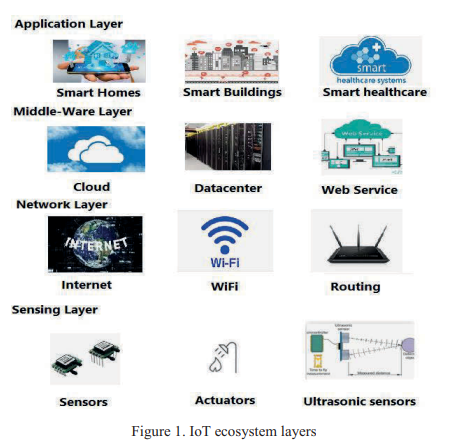
Mitigating IoT Security Challenges Using Blockchain
There is an increase in the usage of the Internet of Things (IoT) devices which focus on, efficiency and automation of different tasks to minimize the user intervention during COVID-19 pandemic. These IoT devices incur seamless excessive data exchange, Therefore, there is need for reinforcing the security, authentication and privacy to be more resilient to the various types of attacks which are the key concern for many organizations, especially cloud based networks carrying sensitive data. This paper presents a review of the challenges facing the IoT ecosystem along with the attack vectors

Sentiment Analysis using Machine Learning and Deep Learning Models on Movies Reviews
The huge amount of data being generated and transferred each day on the Internet leads to an increase of the need to automate knowledge-extraction tasks. Sentiment analysis is an ongoing research field in knowledge extraction that faces many challenges. In this paper, different machine learning, neural networks, deep learning models were evaluated over the IMDB benchmark dataset for movies reviews. Moreover, various word-embedding techniques were tested. Among all the presented models, the results of this work showed that the Long Short-Term Memory (LSTM) model with Bidirectional Encoder
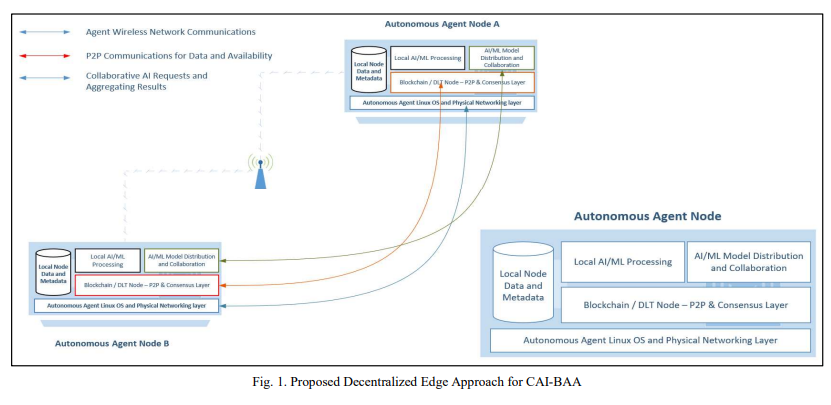
Modeling Collaborative AI for Dynamic Systems of Blockchain-ed Autonomous Agents
Artificial Intelligence has been strongly evolving disrupting almost every research and application domain. One of the key attributes - and at the same time an enabler - of today's innovations is the massive connectivity resulted in the opportunity to exploit Artificial Intelligence across distributed network of self-contained smart agents those could range from software bots to complex devices like autonomous vehicles, IoT collations, UAVs and Robot Swarms. Such heterogenous networks of Autonomous Agents could differ in size, networking topology, protocols, computing profiles, algorithms
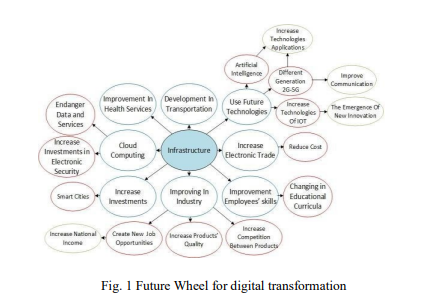
Impact of COVID-19 on Information Technology Sector in Egypt
Pandemics raise huge challenges yet brought several opportunities. The sudden attack of COVID-19 revealed the importance of the information technology (IT) applications. The Reliance on the IT sector has become imperative to ensure sustainability and to raise most sectors' performance efficiency, especially the services' ones. This study applied PESTEL analysis to evaluate the current status of IT in Egypt. SWOT analysis was performed to explore points of strength, weakness, opportunities, and threats that face the IT sector in Egypt as a result of the COVID19 attack. The process of foreseeing

Security Perspective in RAMI 4.0
Cloud Computing, Internet of Things (IoT) are the main technologies contributing to the adoption of the fourth revolution in manufacturing, Industry 4.0 also known as smart manufacturing or digital manufacturing. Smart manufacturing facilitates and accelerates the process of manufacturing with the connection of all the systems related to the manufacturing process starting with the Enterprise Resource Planning (ERP) systems, the Industrial Control Systems (ICSs) which control the production line and the Cyber Physical Systems (CPSs). Before the emerging of web applications, cloud applications
Code Smells and Detection Techniques: A Survey
Design and code smells are characteristics in the software source code that might indicate a deeper design problem. Code smells can lead to costly maintenance and quality problems, to remove these code smells, the software engineers should follow the best practices, which are the set of correct techniques which improve the software quality. Refactoring is an adequate technique to fix code smells, software refactoring modifies the internal code structure without changing its functionality and suggests the best redesign changes to be performed. Developers who apply correct refactoring sequences
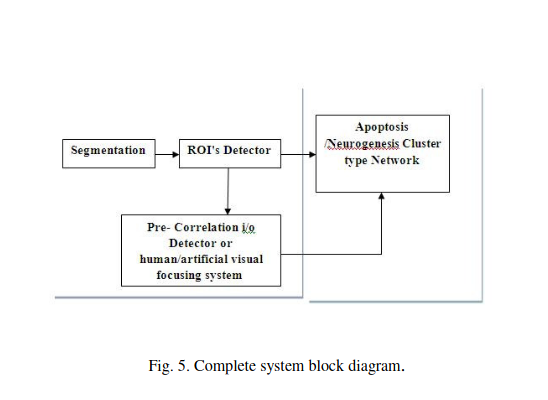
Novel computational apoptosis-neurogenesis model for multi-abstraction level perception
artificial neural network provides a cybernetic model that is similar to human intelligence in terms of parallel processing, generalization and memory stacking on the same neural network. From the era of neurogenesis, research models expect the rules that govern new neuron to depend on old mature circuitry. Other research models show the existence of catastrophic interference associated with new neurons if species is exposed to variable information content environment. In this work, the model developed provides a theoretical framework for a novel attention sensitive neural network as well as

Detecting and Integrating Multiword Expression into English-Arabic Statistical Machine Translation
In this paper we introduce a new method for detecting a type of English Multiword Expressions (MWEs), which is phrasal verbs, into an English-Arabic phrase-based statistical machine translation (PBSMT) system. The detection starts with parsing the English side of the parallel corpus, detecting various linguistic patterns for phrasal verbs and finally integrate them into the En-Ar PBSMT system. In addition, the paper explores the effect of cliticizing specific words in English that have no Arabic equivalent. The results, which reported with the BLEU scores, showed that some patterns achieved
Pagination
- Previous page ‹‹
- Page 15
- Next page ››
